Key Takeaways:
- Discover the best gold panning kits on the market for enthusiasts of all levels.
- Learn about the essential tools and accessories included in top-tier gold panning kits.
- Find out how to choose the right gold panning kit for you based on price, performance, and contents.
Gold panning is a fun, educational, and potentially lucrative hobby that has captivated people of all ages since the days of the gold rush. Whether you're a seasoned prospector or a beginner excited to learn, the right gold panning kit can make all the difference.
In this comprehensive review, we'll dive into the world of gold panning kits, exploring everything from the tools included to the performance you can expect. So grab your scoop and snuffer bottle, and let's get started!
What's in a Gold Panning Kit?
When you purchase a gold panning kit, you're not just buying a pan; you're investing in a treasure-hunting adventure. A typical kit includes a variety of tools designed to help you sift through sand and gravel to find those elusive gold nuggets and flakes.
The essentials are a gold pan, usually green for better visibility of gold against the color, a classifier to separate larger rocks and debris, a snuffer bottle to suck up small gold particles, and vials to hold your collected treasures.
Some kits go the extra mile by including additional accessories like tweezers for picking out tiny pickers, a scoop to easily add paydirt to your pan, and even a magnifying glass to check your finds.
The best kits also come with a guidebook or video tutorial to help beginners learn the proper shaking and swirling techniques to separate gold from other materials.
The Importance of Pan Size and Material
The size and material of the gold pans included in your kit can greatly affect your panning experience. Smaller pans are easier to handle and are awesome for kids or those with less arm strength, but larger pans can process more material and potentially save you time.
Most pans are made of plastic, which is lightweight and can come in various colors, but you can also find metal pans which some old-school prospectors prefer for their durability and traditional feel.
The color of the pan is not just for aesthetics; it can actually help you spot gold more easily. The most common colors are black and green, with green often being the easiest for spotting those shiny flecks of real gold.
Some kits offer multiple pans of different sizes and colors, giving you the flexibility to practice and find what works best for you.
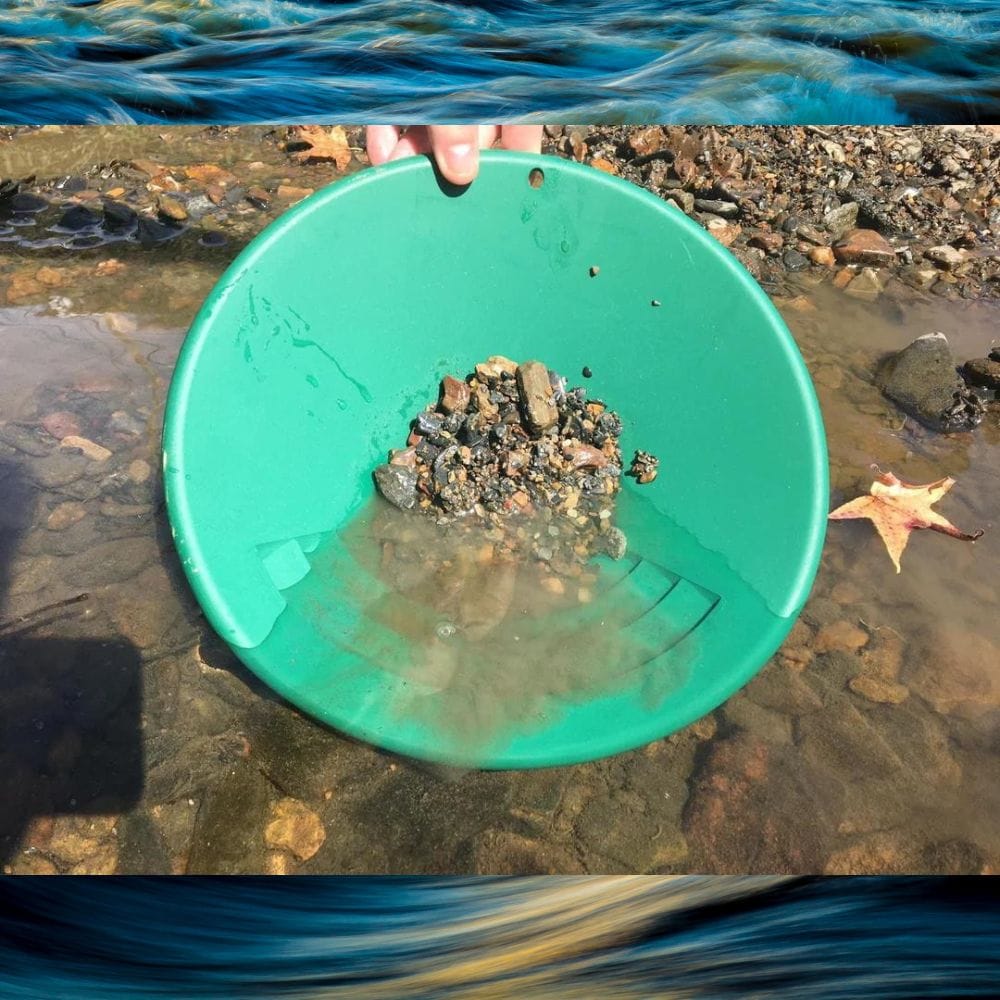
Classifier Screens: Sorting Out the Good Stuff
Classifier screens are a crucial component of gold panning kits. They help you remove larger rocks and gravel before you start panning, which can prevent gold from being accidentally discarded or stuck beneath larger pieces.
Classifiers come in various mesh sizes, and the right size will depend on the location and the type of material you're working with.
A good classifier will fit snugly on top of your gold pan, allowing you to shake the contents and sift the smaller particles into the pan below.
This not only speeds up the panning process but also ensures that you're only working with the most likely paydirt to contain gold, increasing your chances of success.
Snuffer Bottles and Gold Vials: Securing Your Finds
Once you've swirled, shaken, and removed the lighter material, you'll hopefully be left with some shiny specks of gold in your pan.
This is where the snuffer bottle comes into play. It's designed to vacuum up the fine gold and transfer it into a storage vial. The snuffer bottle is a simple yet essential tool for collecting even the tiniest pieces of gold without losing them.
Gold vials are usually made of plastic or glass and provide a safe place to store and display the gold you've found.
They come in various sizes, and some kits include multiple vials, which can be handy for separating different sizes or types of gold, such as flakes and nuggets.
Additional Accessories: Tweezers, Scoops, and More
The best gold panning kits include a few extra tools to make your prospecting more efficient and enjoyable. Tweezers are perfect for carefully removing small nuggets and pickers from your pan without dropping them.
A scoop is another handy accessory, allowing you to easily add sand and gravel to your pan without making a mess.
Some kits also include a magnifier to help you examine your finds more closely, which can be especially helpful for distinguishing real gold from fool's gold (pyrite).
And for those who want to ensure they're doing everything right, instructional materials like guidebooks or DVDs can be invaluable.
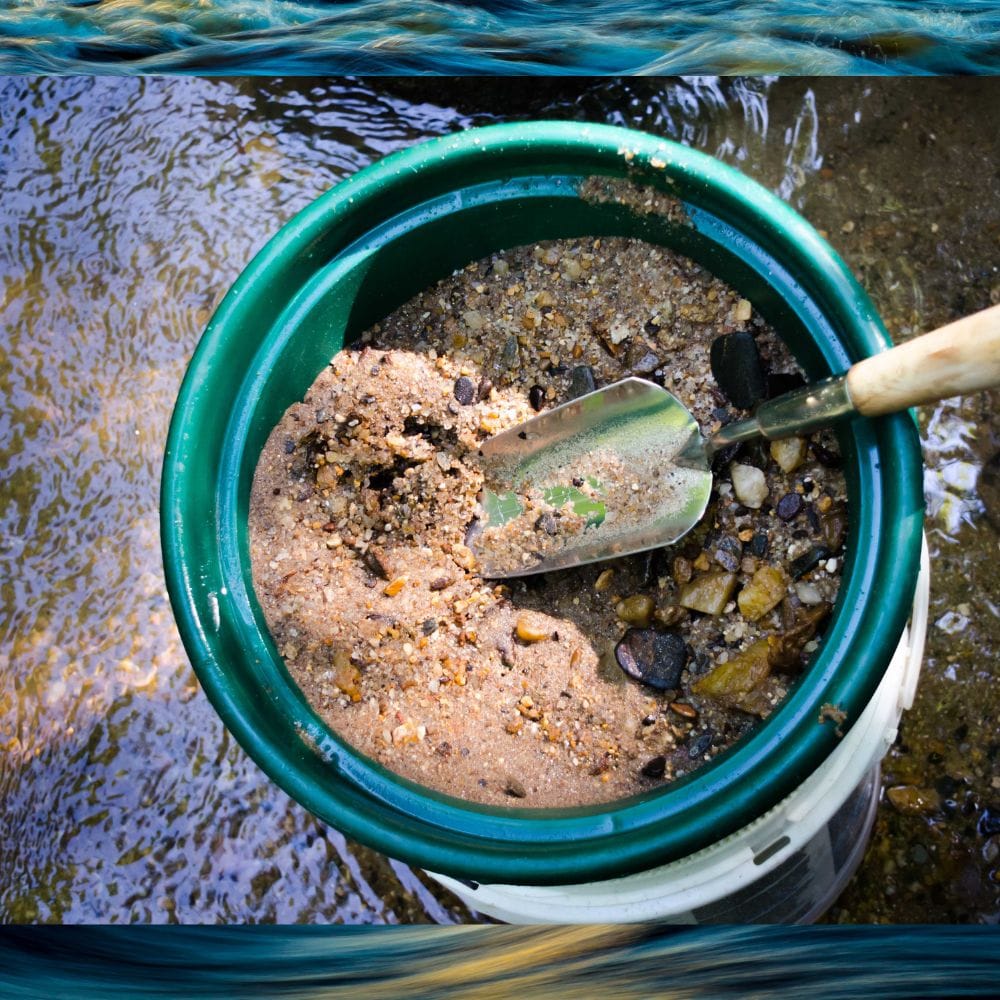
Price vs. Performance: Finding the Best Value
When it comes to gold panning kits, the price can vary widely based on the quality and number of tools included.
It's important to balance cost with performance – the cheapest kit might save you money upfront, but if the tools are low quality or the kit lacks essential items, you may end up spending more in the long run. Always look at the sale price and make sure you're getting the best bang for the buck!
Conversely, the most expensive kits might offer top-notch tools and accessories, but if you're a beginner or just panning for fun, you might not need all the bells and whistles.
Look for a kit that offers the best combination of quality, essential tools, and price to suit your needs and budget. If the regular price is too high for your taste, shop the sale areas.
Gold Panning Techniques: Maximizing Your Prospecting Efficiency
Have you ever watched a seasoned prospector swirl their pan and thought, "There's got to be a trick to it"? Well, you're not wrong. Gold panning is as much about technique as it is about the tools you use.
When you receive your kit, resist the urge to immediately pour in large bags of dirt and start swirling. This common error can lead to lost gold and lots of frustration. Instead, take the time to learn the form.
A proper technique involves a gentle circular motion that allows the heavier gold to settle at the bottom while the lighter material washes away.
Clicking through online tutorials or joining a local prospecting club can significantly improve your panning method. Remember, every fleck of gold counts, and the right technique can mean the difference between a rewarding day and a problem-filled one.
When you're out in the stream, pay attention to the signs of gold's presence, like black sand layers, and adjust your panning motion accordingly.
With practice, you'll find that the content of your pan reflects your growing skill, and those little vials will start to fill up with the shiny stuff!
Troubleshooting Common Gold Panning Issues
Even the most experienced prospectors face challenges now and then. It's part of the adventure. But what do you do when you're consistently not finding gold, or when the gold seems to slip right out of your pan?
First, check to make sure you're not making the common mistake of tilting your pan too much. Gold is heavy, but it can't defy gravity—if your pan is at the wrong angle, you'll send those precious flakes right over the edge.
Another issue could be the type of dirt you're using. If you're practicing at home with paydirt you've purchased, ensure it's from a reputable source. Some products may contain very fine gold that's difficult to capture without the right technique.
If you're not receiving the results you expected, don't hesitate to reach out to the supplier. A good company will ship quality paydirt and provide customer support to help you resolve any problems.
And if you're out in the field, remember that persistence is key. Keep refining your technique, and don't be afraid to ask for advice from more experienced panners.
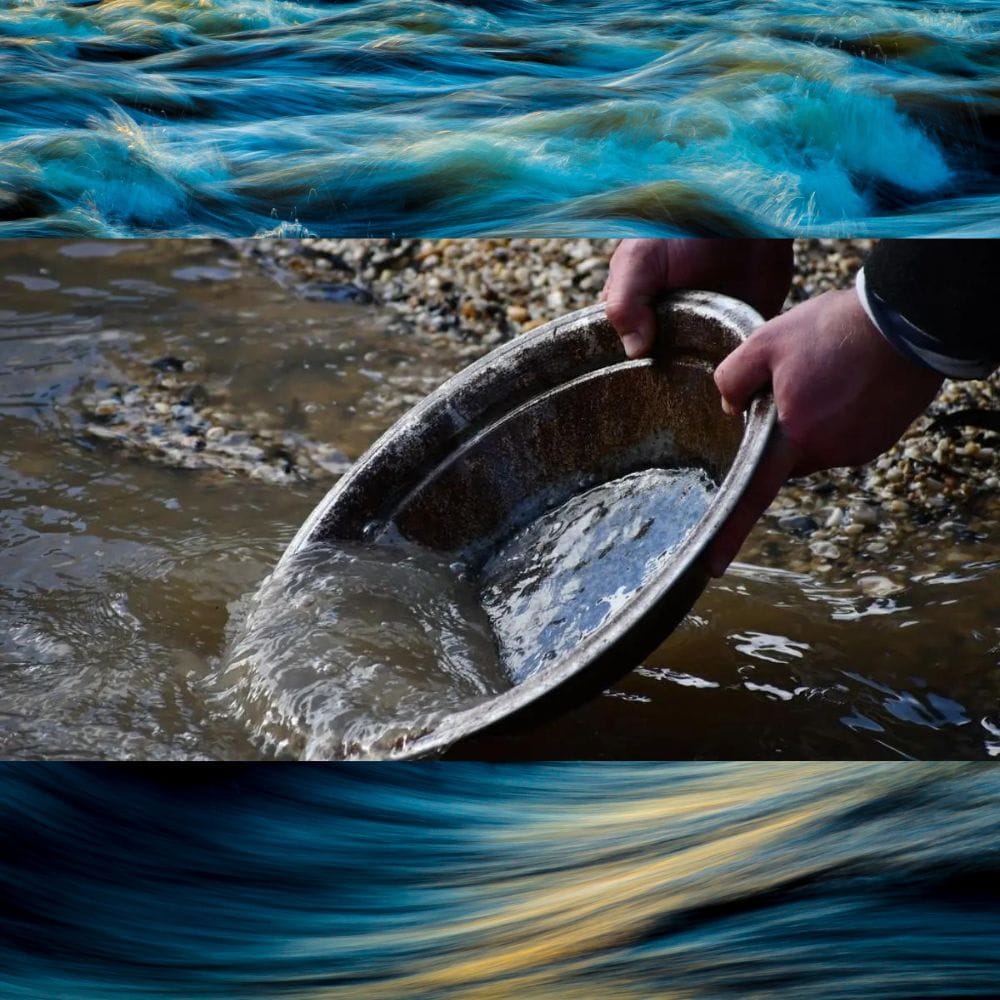
The Best Gold Panning Kits for Beginners
If you're new to gold panning, it's important to choose a kit that's designed for beginners. These kits should include easy-to-use tools, clear instructions, and perhaps even some practice paydirt to help you get the hang of panning before you head out into the field.
Look for kits with a good-sized pan, a classifier, a snuffer bottle, and a few vials – these are the basics you'll need to get started.
Top Picks for Experienced Prospectors
For those with more experience, a kit that includes higher-quality tools and more advanced accessories might be more appropriate. Experienced prospectors might appreciate kits with multiple pan sizes, precision tweezers, and classifiers with different mesh sizes.
These kits might also include more durable materials and specialized tools like crevice tools or gold testing kits.
Customer Reviews: Real Experiences with Gold Panning Kits
Before making your purchase, it's always a good idea to check out customer reviews. Look for reviews that mention the quality of the tools, the success customers have had with finding gold, and any problems they may have encountered. Reviews can give you a sense of which kits offer the best results and customer satisfaction.
Where to Buy: High Plains Prospectors!
High Plains Prospectors is a popular place to buy gold panning kits, offering a wide range of options with the convenience of customer reviews and easy shipping. You will find a wide selection, knowledgeable staff, and even some local tips and tricks.
Seasonal Considerations: Panning in October, September, and February
The time of year can affect your panning experience. In many places, the water levels in streams and rivers are lower in the fall, making it easier to access potential gold-bearing areas.
However, colder temperatures in months like October and February can make panning less comfortable. Always check the weather and water conditions before you head out, and be prepared for the season.
The Joy of Panning with Kids: A Fun Family Activity
Gold panning can be an awesome activity for families. It's a fun way to spend time outdoors, and kids get excited about the possibility of finding real gold. When choosing a kit for family use, consider the size and weight of the tools, ensuring they're suitable for smaller hands.
Kits that include practice sand with small amounts of gold can be especially rewarding for kids, as they're almost guaranteed to find something.
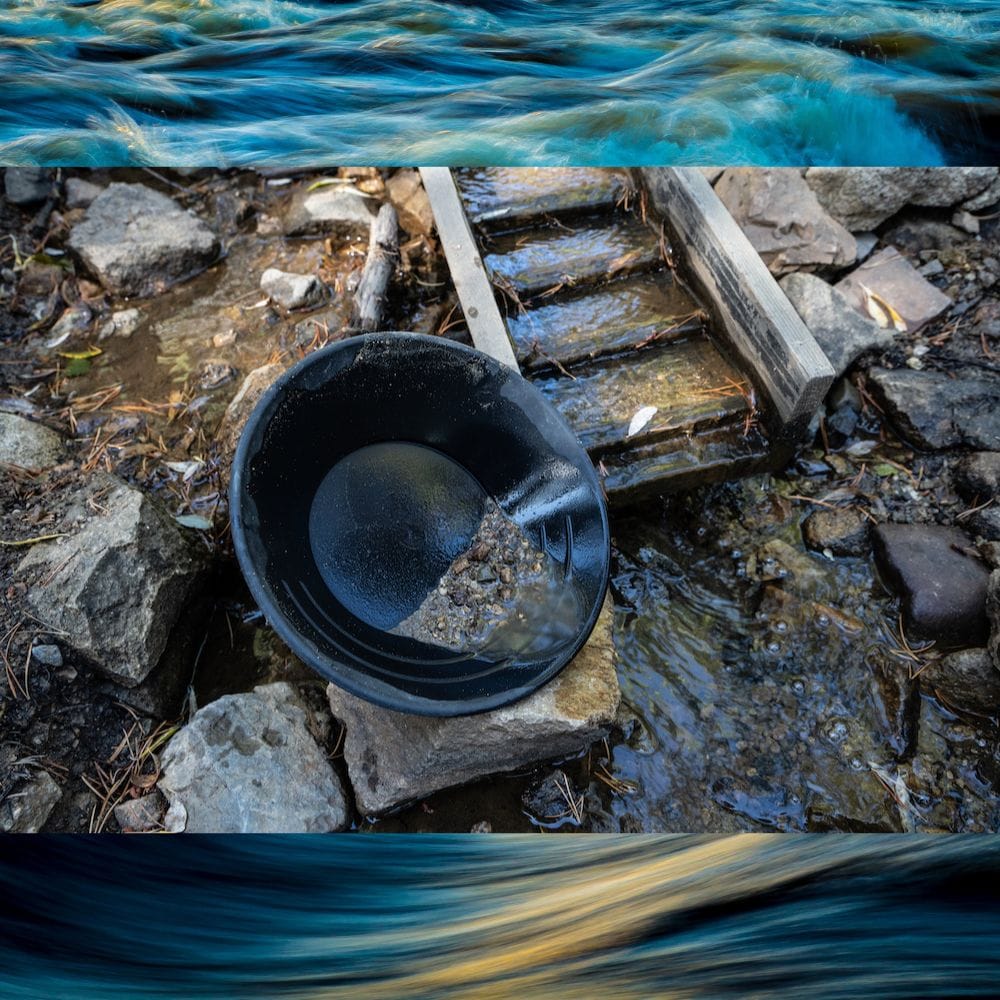
Some Final Thoughts
Gold panning kits are the gateway to adventure for prospectors of all levels. From the essential pans and classifiers to the handy snuffer bottles and vials, these kits equip you with the tools you need to start your quest for gold.
Whether you're a beginner looking for an easy-to-use kit or an experienced prospector seeking high-quality tools, there's a gold panning kit out there for you. Remember to consider the size and material of the pans, the quality of the accessories, and the price of the kit to find the best value.
With the right kit in hand, you're ready to join the ranks of hopeful prospectors panning for gold in streams and rivers around the world.
FAQ Section
Q: What should I look for in a gold panning kit? A: Look for a kit that includes a gold pan, classifier, snuffer bottle, and vials at a minimum. Additional accessories like tweezers and scoops can be helpful.
Consider the size and material of the pan, the quality of the tools, and the price of the kit to ensure you're getting a good value.
Q: Can gold panning be a fun activity for kids? A: Absolutely! Gold panning is a great family activity that can be both educational and exciting for kids. Choose a kit with tools that are suitable for all ages and consider kits that include practice paydirt to guarantee that kids will find some gold.
Q: Where is the best place to buy a gold panning kit? A: Amazon is a convenient option with a wide selection and customer reviews. However, specialty prospecting and mining supply stores, both online and offline, may offer a more curated selection and expert advice. Always compare options and check customer reviews before making a purchase.

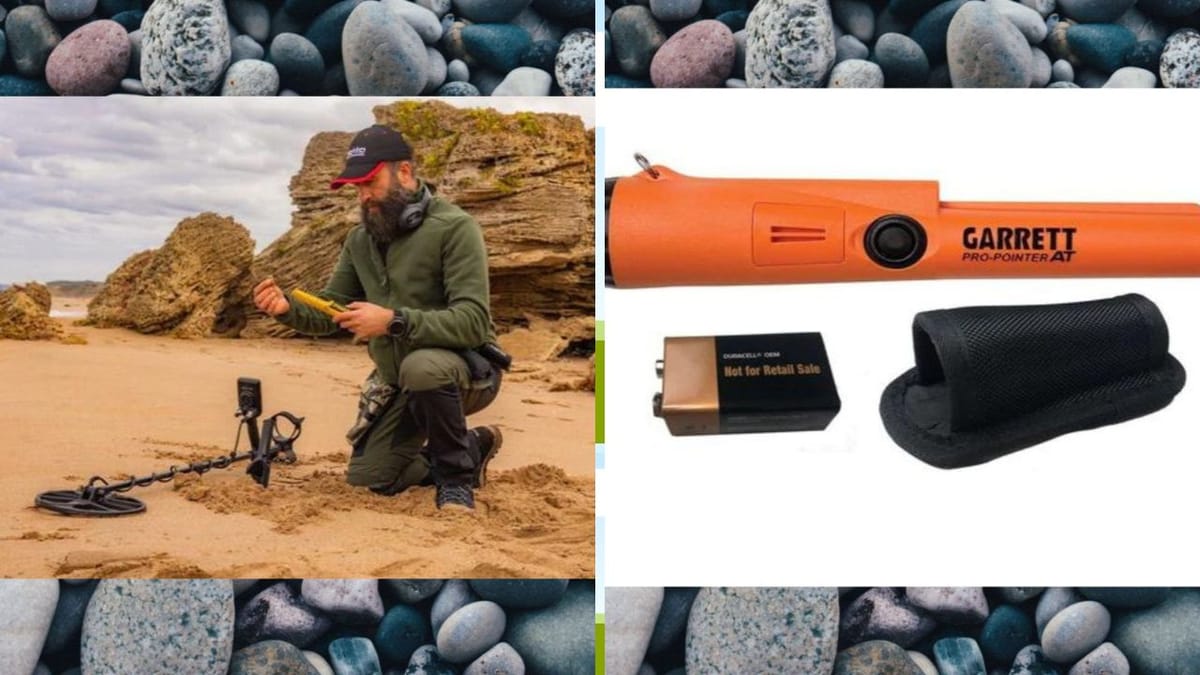
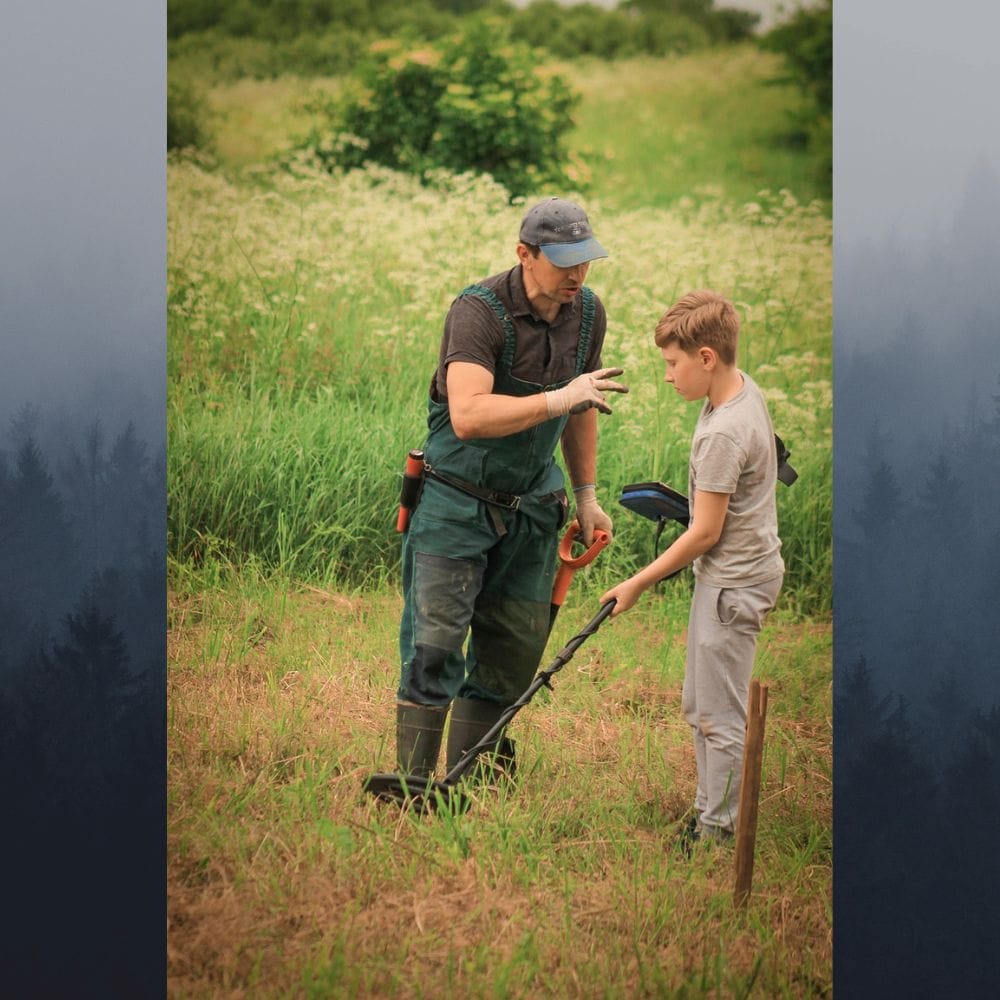


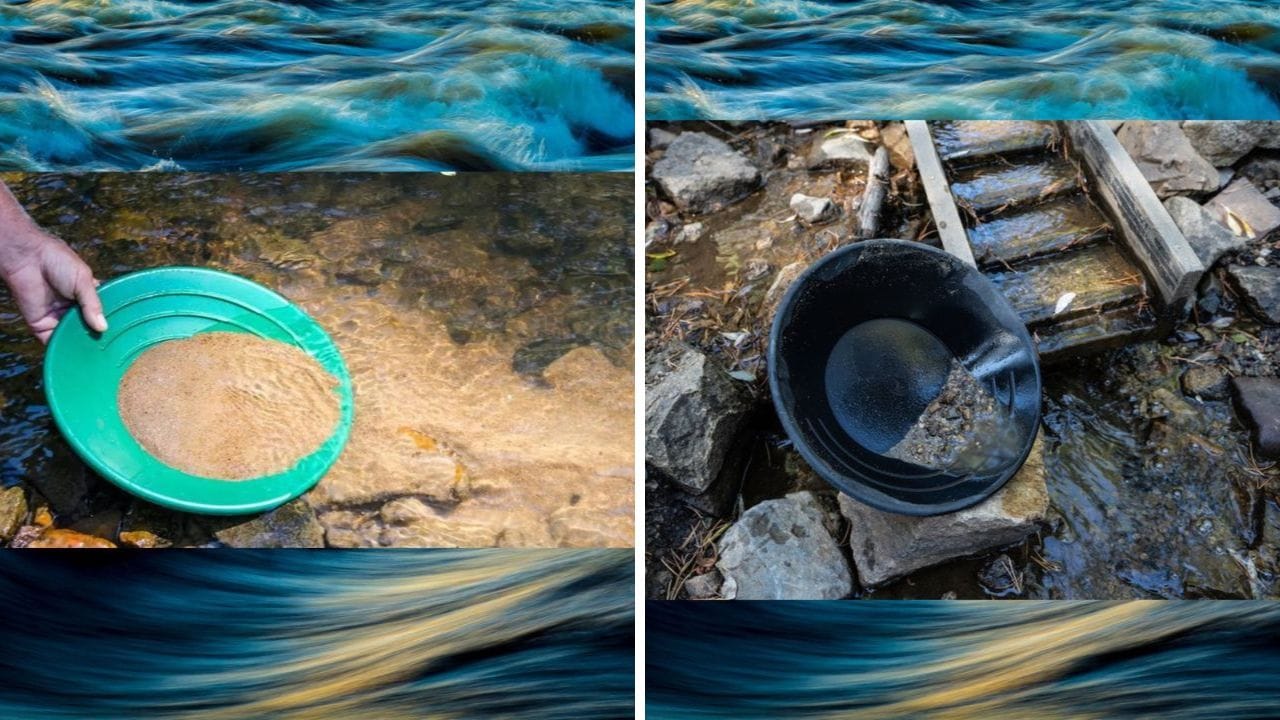




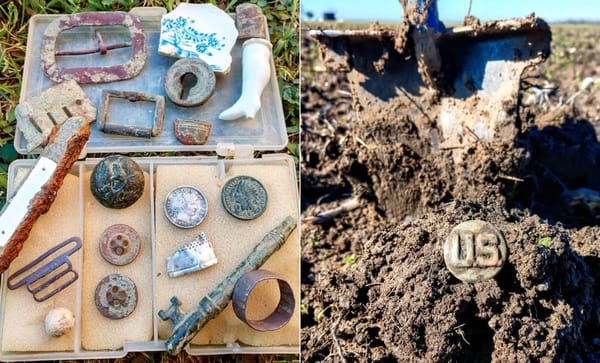
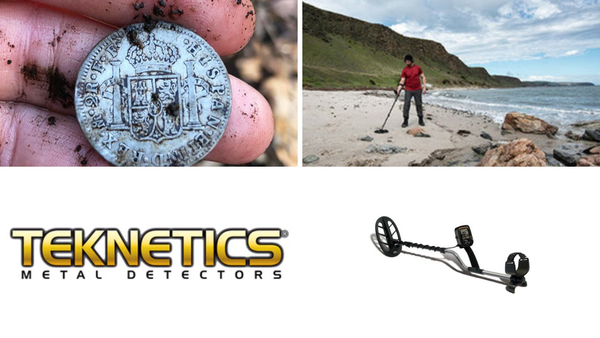
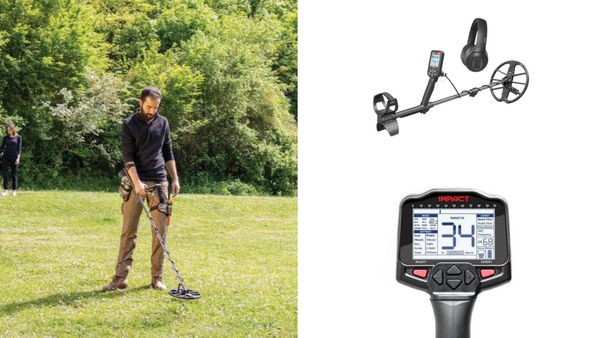
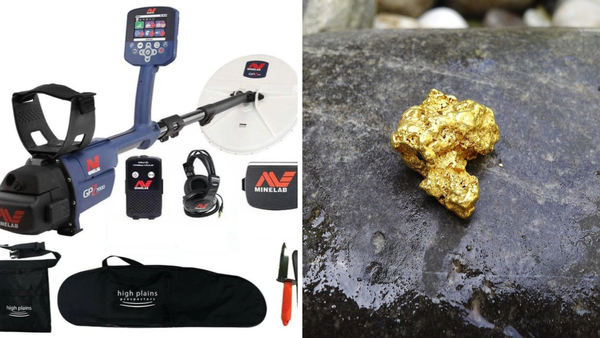
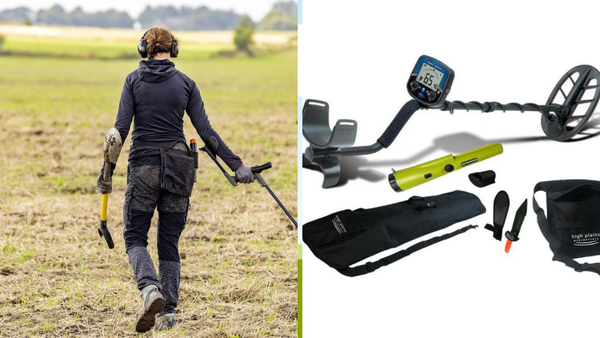
Member discussion